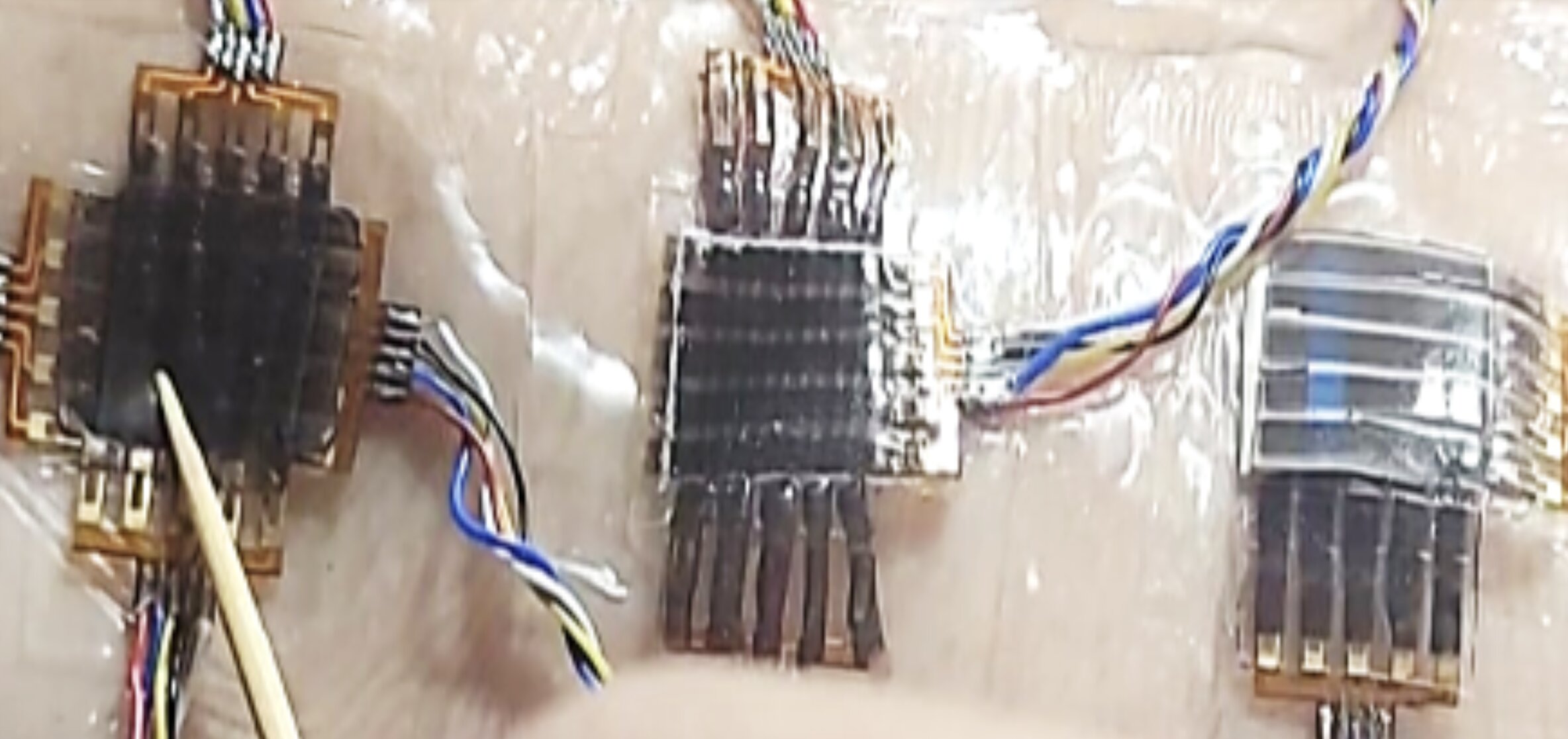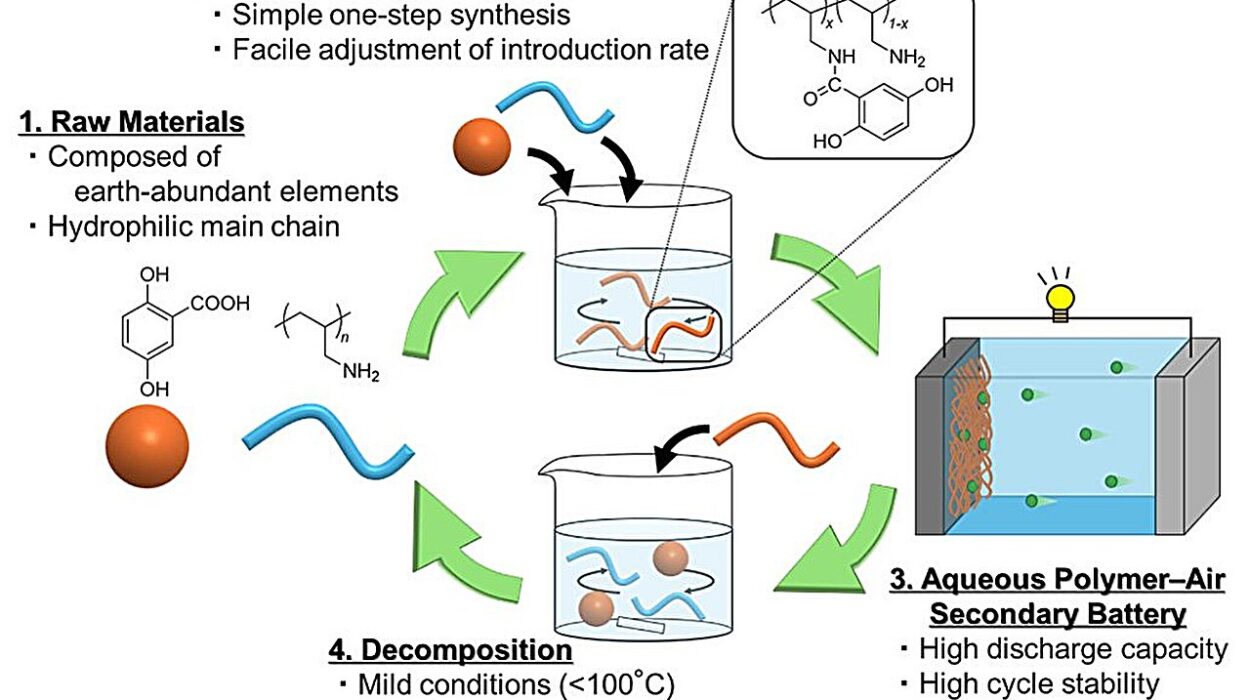In a world increasingly driven by smart technologies and biomedical innovation, researchers are constantly seeking to push the boundaries of what’s possible. The future of medicine doesn’t just lie in pharmaceuticals or surgical breakthroughs—it’s also in the very fabric of the tools we use to monitor and heal the body. One of the most compelling advances on this frontier is the development of self-healing, stretchable electronics that can be implanted in the human body. These futuristic devices are not science fiction—they’re here, and they’re evolving fast, thanks to groundbreaking work by researchers in South Korea.
A New Generation of Electronics Inspired by Skin
Imagine a device that can bend, twist, stretch—and when torn or damaged, seamlessly heal itself, much like human skin. Now imagine this device operating inside your body, monitoring heart rhythms or brain activity, and relaying critical data without failing over time. That’s the vision driving researchers at Sungkyunkwan University and the Institute for Basic Science (IBS), led by Dr. Donghee Son.
Human skin has long been a source of inspiration for materials scientists. Its ability to stretch, bend, and heal makes it the gold standard for resilience and adaptability. The researchers asked themselves: what if electronics could mimic those properties? What if, like skin, they could restore both their form and function after injury? The answer, it turns out, may revolutionize both wearable and implantable medical devices.
The Limitations of Traditional Bioelectronics
Traditional bioelectronics—rigid, brittle, and prone to damage—have struggled to keep up with the body’s dynamic nature. Whether used on the surface of the skin or implanted deep within tissues, these devices often degrade over time due to mechanical fatigue, repeated movements, or fluid infiltration. This has created a long-standing roadblock in the field of long-term implantable electronics, where durability, flexibility, and biocompatibility are non-negotiable.
Moreover, once traditional flexible devices are fabricated, their architecture is essentially fixed. Reconfiguring these systems for specific users or different therapeutic needs has been next to impossible—until now.
Enter the Self-Healing Transistor
The cornerstone of this new approach is the creation of stretchable and self-healing transistors. In traditional circuits, the transistor acts as the nerve center, controlling signal flow and enabling computational processes. To make such a component stretchable and capable of healing itself required a complete rethinking of its structure.
Dr. Son’s team tackled this challenge by incorporating self-healing properties into all three essential layers of the transistor: the insulating dielectric layer, the semiconducting layer, and the conductive electrodes (gate, source, and drain). This holistic strategy ensured that if any part of the device were damaged, it could restore both its mechanical integrity and its electrical functionality.
Their method involves a clever use of self-healing polymers mixed with organic semiconductors. These are materials that not only conduct electricity but also exhibit elasticity and regenerative capabilities. When subjected to damage—like cuts or tears—molecular bonds in the polymers re-form, reestablishing both structural and electronic continuity.
Building the Bioelectronics of the Future, One Layer at a Time
To make these transistors practical and scalable, the researchers devised a technique called transfer-printing. This process allows them to build each layer—electrodes, insulators, and semiconductors—on a large scale and then stack or rearrange them modularly. It’s like creating electronic LEGO blocks that can be assembled, disassembled, and customized to fit specific medical needs.
Using this method, integrated circuits can be built to match the contours and behaviors of biological tissues. The stretchable electronics can bend with the body, conform to moving organs, and most importantly, remain operational over long periods.
Biocompatibility: More Than Skin Deep
Of course, creating a device that can stretch and heal isn’t enough—it must also be biocompatible. Implantable devices are exposed to moisture, proteins, enzymes, and immune cells that can corrode or reject foreign materials. The team made sure to address this, using substrates with excellent insulation properties and proven biocompatibility.
Initial tests involved implanting these transistors into living animals. Remarkably, even after extended periods inside the body, the devices maintained stable electrical performance. This is a crucial step in proving their potential for real-world medical applications.
From Sensors to Systems: Reconfigurable and Modular Design
One of the most groundbreaking aspects of this technology is its reconfigurability. Just as you can swap out parts of a modular phone or PC, these bioelectronic systems can be adapted to different applications or replaced when their performance declines. This means that the same base technology could be used in a neural implant, a cardiac monitor, or even a prosthetic limb—just with different configurations.
This adaptability opens the door to personalized medicine in a whole new way. Devices could be tailored to the unique anatomy or condition of a patient. If the disease progresses or needs change, components can be swapped out without removing the entire system.
Applications: Where Medicine Meets Microchips
The potential applications of these systems are vast and varied. They could be used to monitor electrophysiological signals from the brain, spinal cord, heart, or peripheral nerves. This could enable next-generation neuroprosthetics—devices that translate brain signals into movement or communication for people with paralysis or limb loss.
Even more exciting is the possibility of closed-loop therapeutic systems. These are devices that not only monitor bodily functions but also intervene when needed. For example, a self-healing device implanted near the vagus nerve could detect abnormal heart rhythms and deliver corrective electrical pulses—without needing external input or battery changes.
A New Era of Human Augmentation
Dr. Son refers to this innovation as foundational for “human augmentation technologies.” That term once sounded like science fiction—implying superpowers or robotic enhancements—but in this context, it simply means giving the human body new tools to repair, monitor, or improve itself. Whether it’s restoring lost function, enhancing sensory perception, or delivering targeted therapies, these devices could redefine the limits of medical care.
But this is more than a medical marvel—it’s also an engineering feat. The balance between materials science, biology, and electronics is delicate, requiring not just innovation but harmony between disciplines. This study is a testament to how deeply integrated science must become to solve today’s most complex problems.
Challenges and the Road Ahead
As with all pioneering work, there are challenges yet to be solved. The team is now focusing on optimizing performance, particularly in terms of signal clarity and processing speed. That means improving the mobility of semiconductors, boosting the conductivity of electrodes, and ensuring rapid circuit response times.
Their ultimate goal? To create systems capable of acquiring high-resolution, high-quality electrophysiological signals from inside the human body—and then using those signals to trigger precise therapeutic responses. In other words, smart implants that think and act like an extension of the body’s own nervous system.
The next phase will likely involve preclinical trials in larger animals, followed by human testing. Safety, longevity, and effectiveness will be the top priorities. But if successful, this technology could soon become the backbone of future neurotechnology, wearable health trackers, and even personalized implants for managing chronic conditions.
Conclusion: From Concept to Revolution
What makes this research so compelling is not just the novelty of self-healing transistors, but the way it blends technological ambition with medical necessity. The human body is a tough environment for machines—but with this new generation of bioelectronics, we’re closer than ever to creating tools that can thrive inside us, adapt with us, and heal like us.
As Dr. Son and his colleagues continue to refine and scale their technology, they’re not just making smarter devices—they’re reshaping how we think about the boundary between biology and electronics. In that convergence lies the future of medicine, where circuits pulse with life and machines are designed not just to serve us, but to become part of us.
Reference: Jaepyo Jang et al, Reconfigurable assembly of self-healing stretchable transistors and circuits for integrated systems, Nature Electronics (2025). DOI: 10.1038/s41928-025-01389-z.






